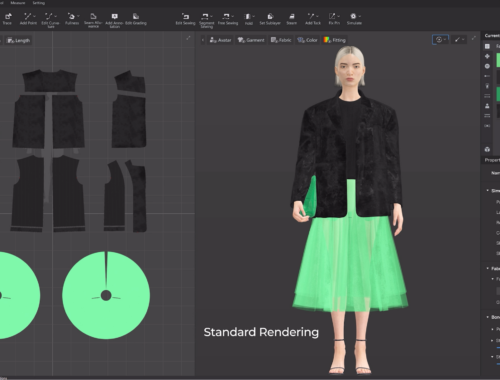Tested: Midland's PPG 100 Power Station
>
Sometimes, going into the backcountry is about unplugging—turning off your phone and laptop, ignoring email and social media. But if you’re on the road or off the grid for long periods of time, unplugging isn’t an option. You have lights, camera batteries, and safety equipment to charge. That’s where the portable power station comes in.
Until recently, there was one main option: the Goal Zero Yeti series. But yesterday, radio company Midland released its own take on the portable mega-battery: the PPG 100 ($1,100). I got my hands on one ahead of the launch and was immediately taken by how much power it pumps out considering its relatively lightweight package.
A max capacity of 950Wh (enough to supposedly power a 50-watt laptop for up to 16 hours) means this puppy stores a lot of juice, and it can power a lot at once with two AC outputs, one DC, and one USB output. I was able to fully charge my phone and my Fitbit at the same time, and hardly made a dent in the energy stores, which are displayed on an LED screen, via a colored battery graphic, similar to the one on your phone but with percentages to denote how much charge is left. (Midland claims the PPG 100 can run an LED TV for 18 hours, though I didn’t go so far as to test that.) In terms of power, the Midland is most similar to the Yeti 1000 Lithium Portable Power Station. The Yeti has a 1045Wh capacity that holds slightly more charge, and it’s slightly heavier, at 40 pounds. It also costs $200 more.
What sets the Midland apart is its burliness. This battery comes built into a waterproof box that clamps shut and can be submerged in up to three feet of water for half an hour—handy if you plan on taking it out on the water. And while Midland doesn’t claim the box is drop-proof, it’s certainly burly and protective enough to inspire confidence. On a weekend climbing trip, I felt comfortable plopping the Midland onto the rocky ground and forgetting about it. When the wind picked up and dust started flying, I simply closed the lid.
It’s worth noting that while the built-in carrying case has definite upsides, it does make the PPG 100 tough to use in tight spaces. With the lid flipped up, the Midland doesn’t slide easily under my car seat; rather, to access the plugs and charge my devices, I need to move the charger into a space where there’s room to open the lid. This is fine if you’re using the PPG 100 in a cabin, your home, or another open environment, but if you’re living out of your vehicle, it’s not the kind of charging station that can be tucked away with its ports still accessible. But if you want a power station that can handle any weather and any conditions, the Midland is a good bet.
You May Also Like

AI in Fashion: Revolutionizing Design, Shopping, and Sustainability for a Smarter Future
March 1, 2025
トレーラーハウスで叶える自由なライフスタイル
March 17, 2025